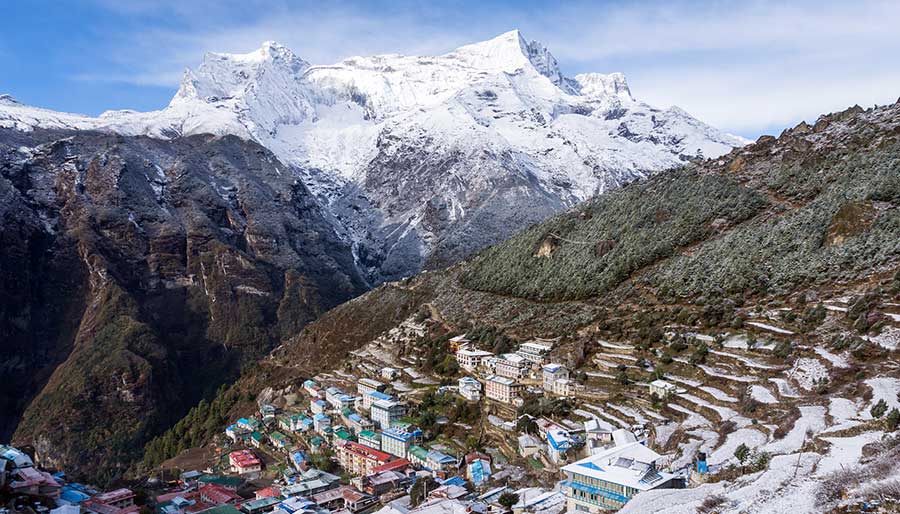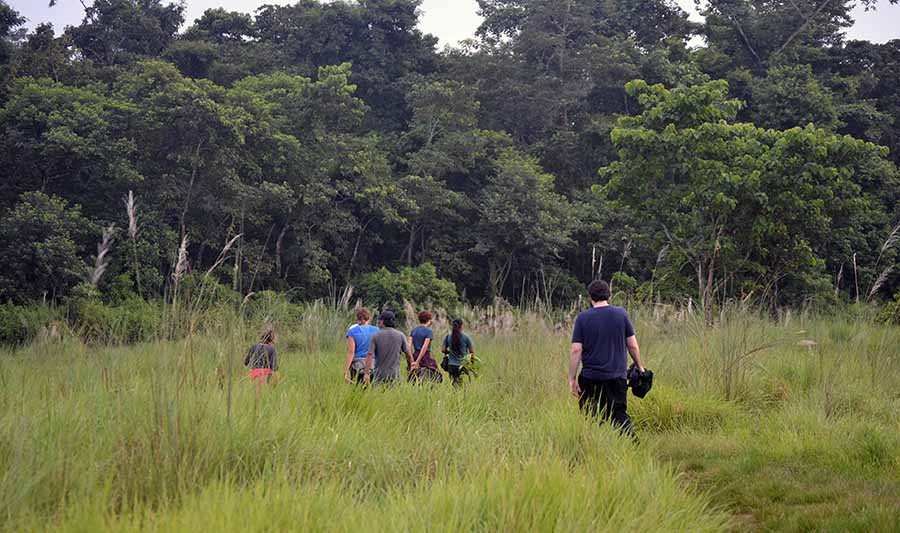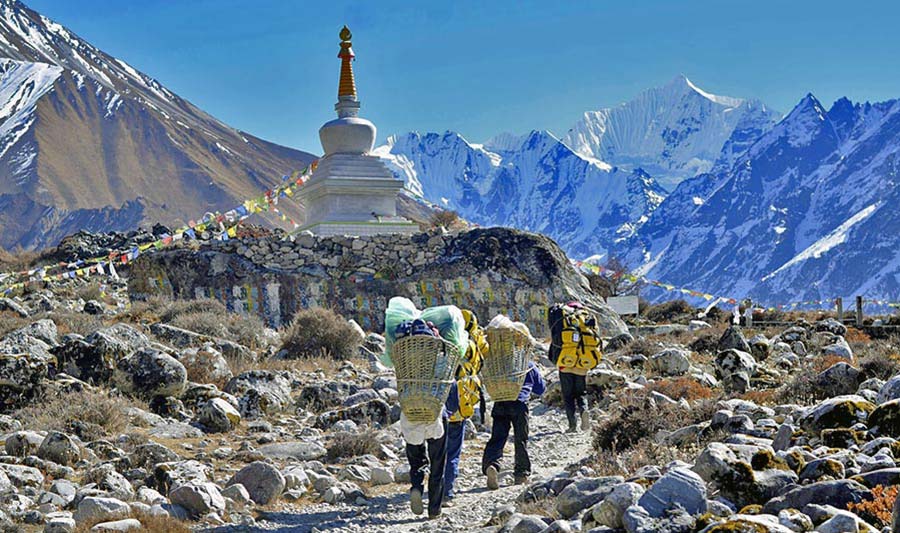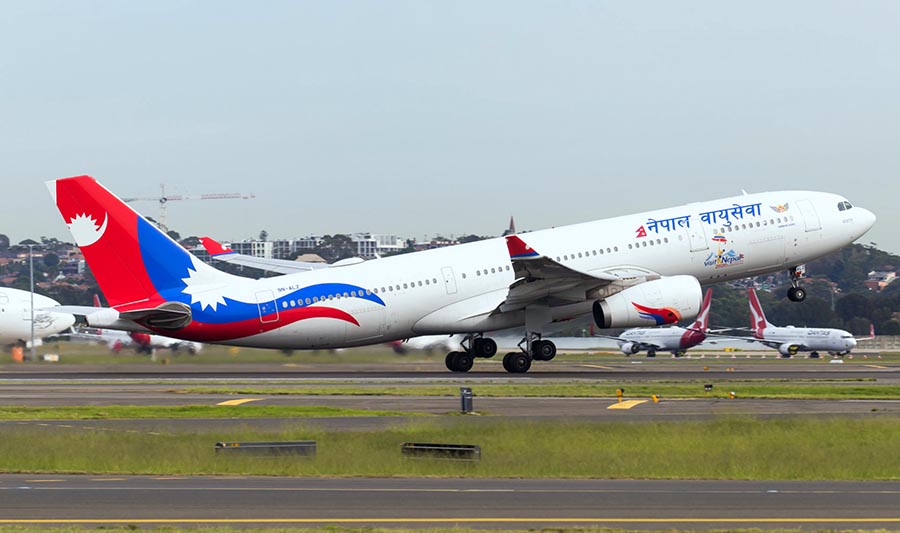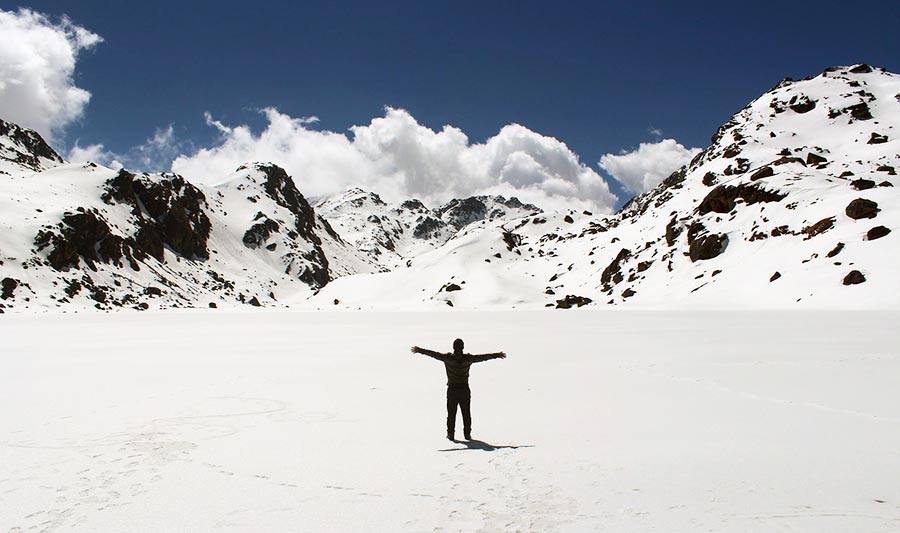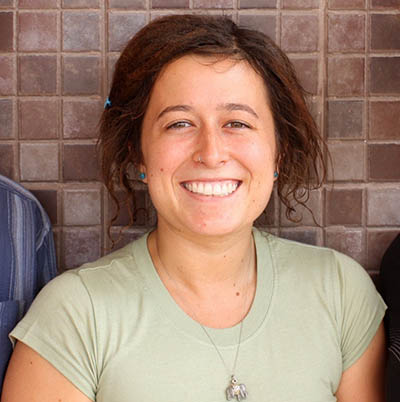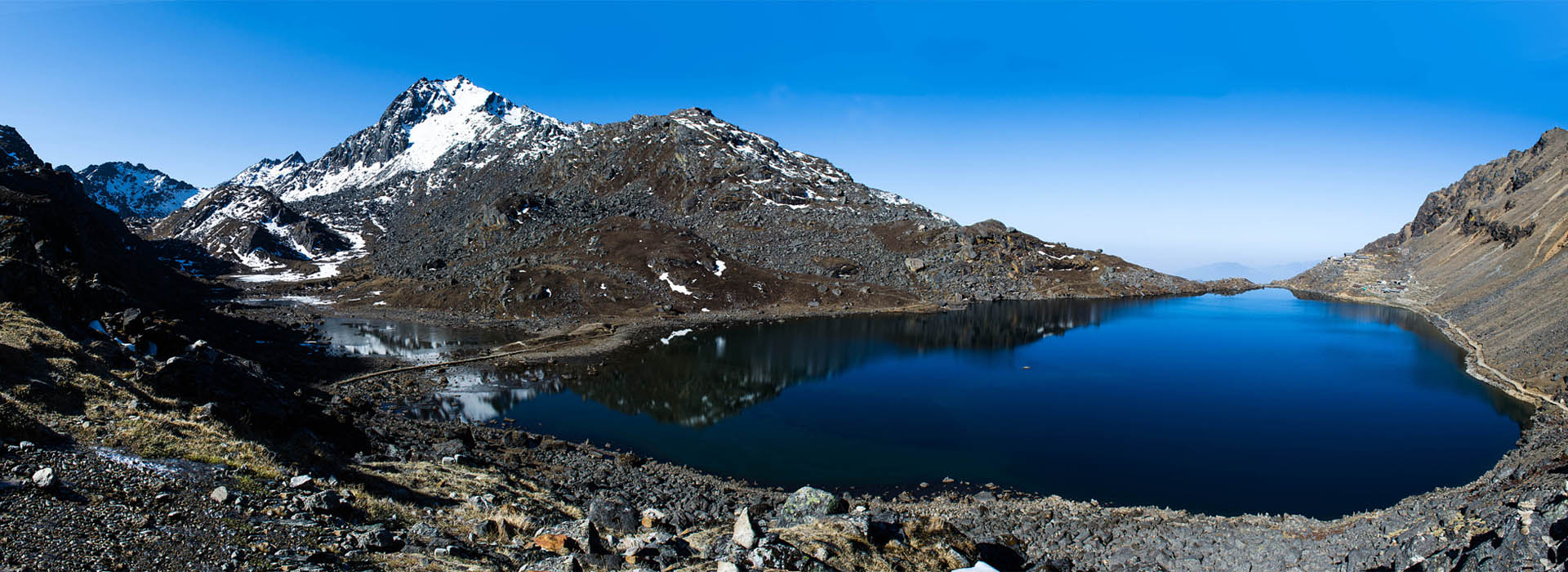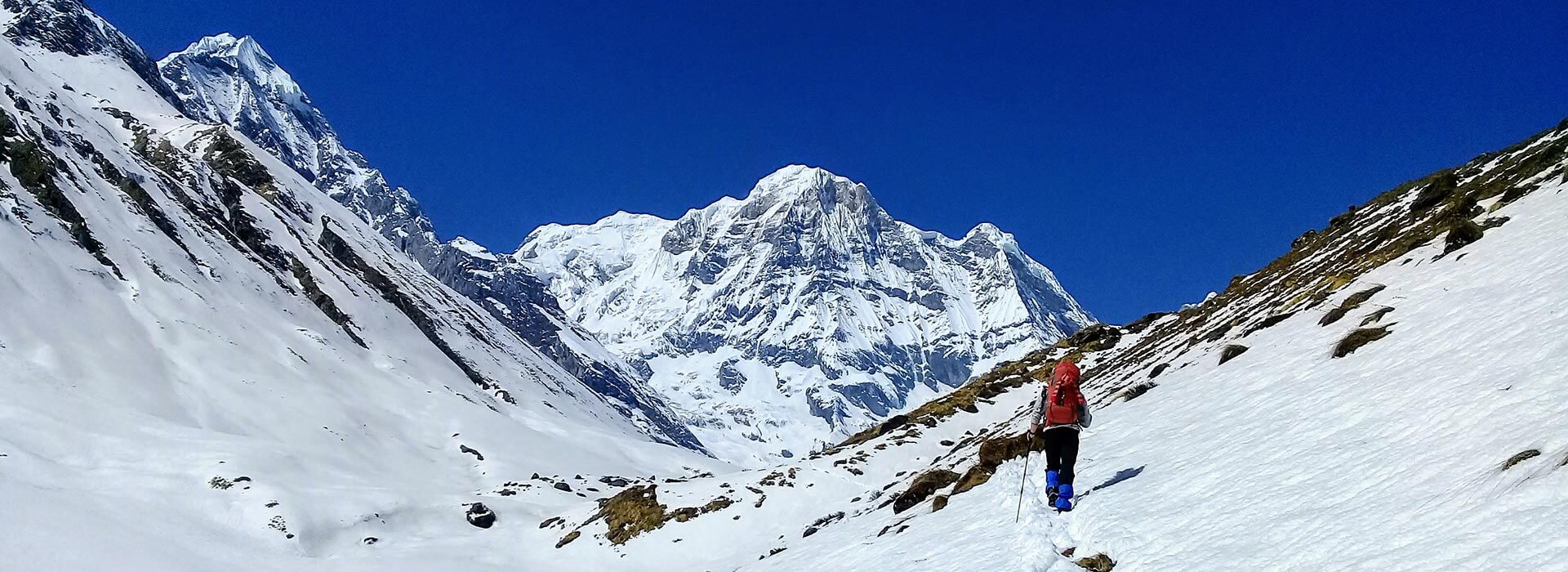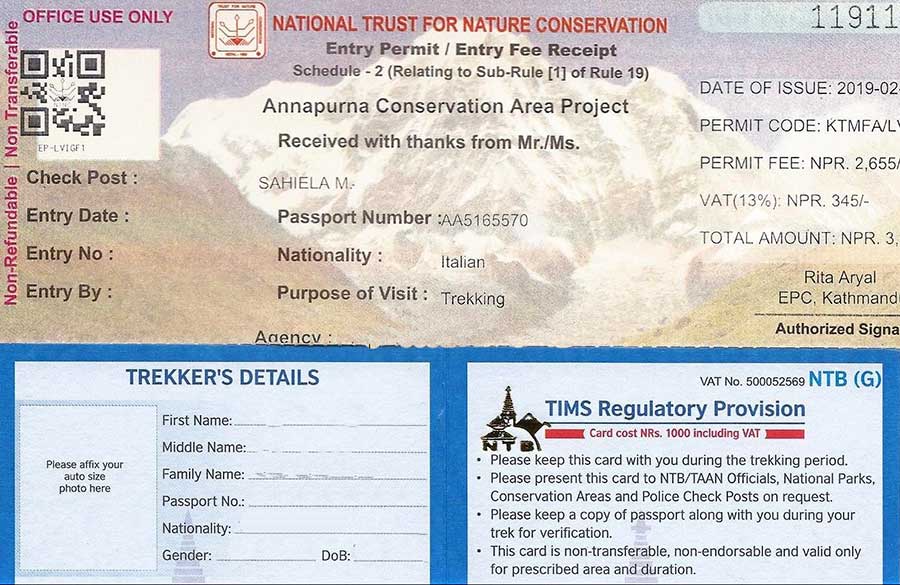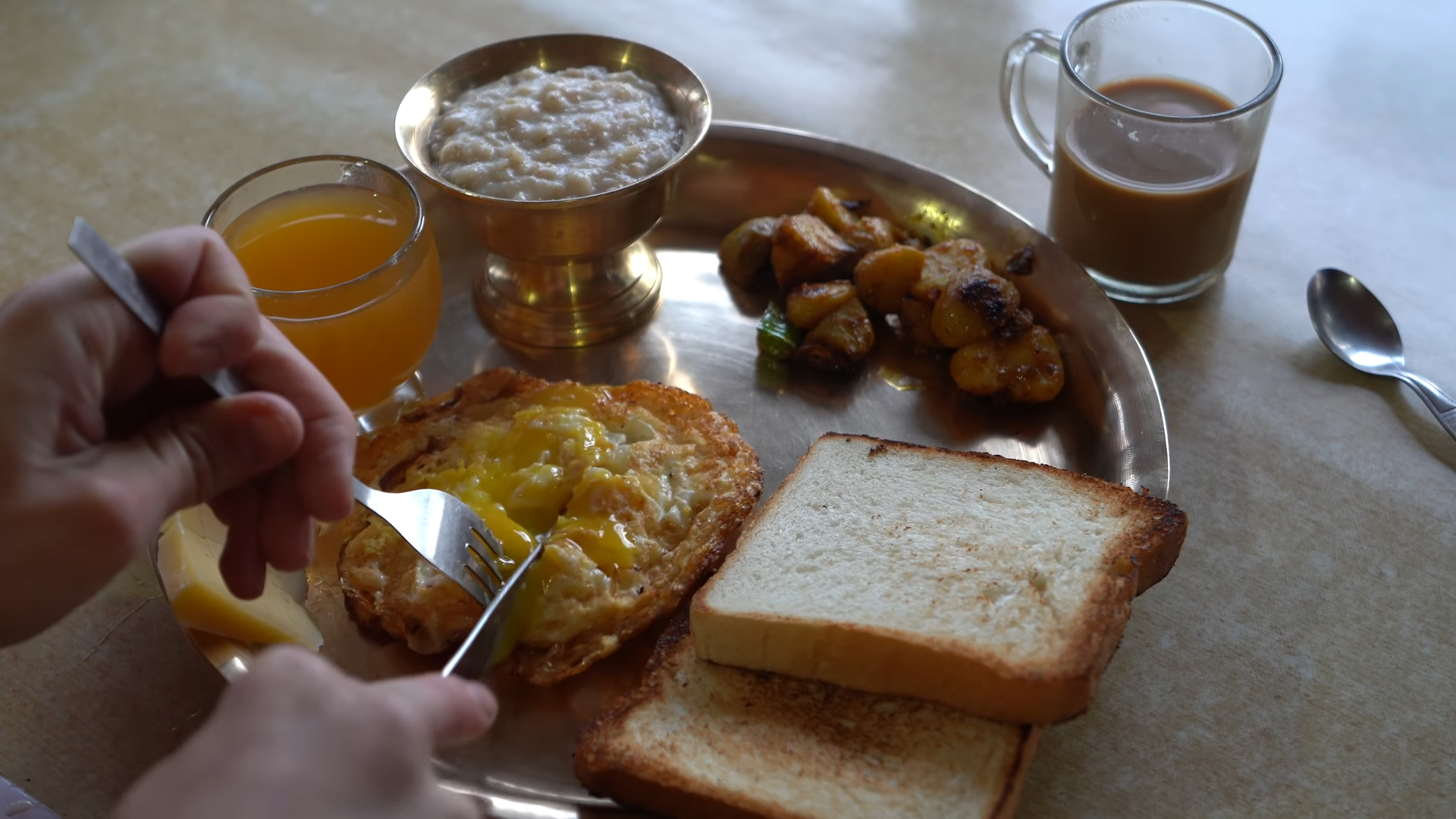Best time for Everest Base Camp Trek
Trekkers should know about the best time for Everest Base Camp Trek to experience the best of it. Everest Base Camp trek is the high altitude trekking that includes the grandest walk. The Kalapatthar is the final destination of the trip at an altitude of 5550m whereas the base camp itself lies at 5380m /17,600 ft above sea level. Since the entire trail runs at a high elevation, we rarely find warm temperatures in the Everest region trek. Likewise, we experience a dramatic variance in the timing of snowfall, temperatures, and precipitation throughout the year in the Everest region. Therefore, the proper trekking plan in the proper season would be a wise idea to conquer your wonderful trekking journey to Everest.
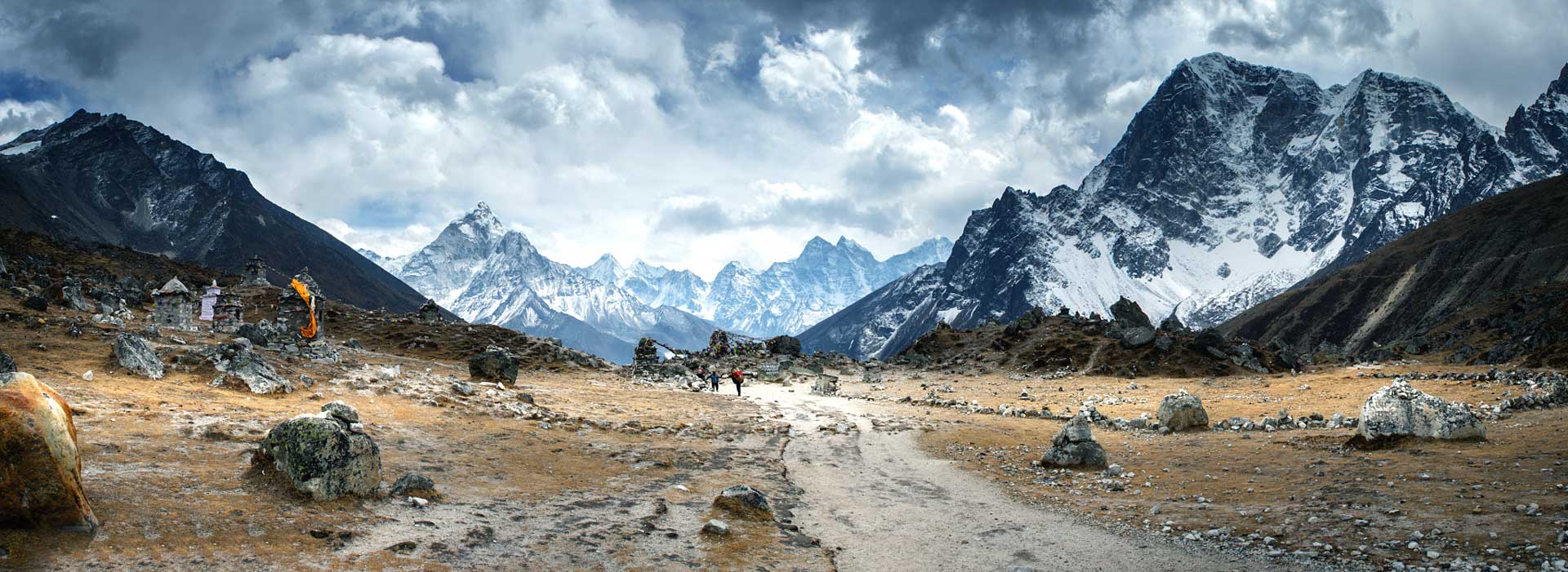
Winter
Winter falls between December to February. Although hiking during winter is said to be an off-season trek, it is not a bad time to trek to the EBC. During winter, the temperatures are extremely cold. Since the Everest base camp trek is popular among all interested travel enthusiasts, the traffic is high during peak seasons. One should choose the winter season for the EBC trek to avoid crowds.
It is not favorable and justifiable to tell you that winter is off-season. Because during this time, you will get crystal clear views of mountains. Besides this, you will not face the crowd of trekkers en route which provides you a better chance to enjoy each moment.
The only concern of Winter is dealing with the coldness and low temperatures. If you are planning a trip to Everest base camp, you must be prepared for the cold. Usually, the temperature falls below -10°C at night but the temperature during the day is warmer because of the appearance of the Sun. To avoid the risk of coldness and keep your body warmer during the night, you must make sure to prepare the essential gear accordingly. Despite the clear skies, the occasion rainfall in the lower reason brings heavy snowfall in the mountain areas. It might create a terrible situation in the upper sections of the Everest Base Camp trail with a disrupted path with snow piling.
Spring
Alike the other mountain destinations, Spring is the best season for trekking to EBC. Months from March to May fall in this season. This is a very popular season among trekking lovers in Nepal. During this time, the temperature and the weather tend to be stable. Approximately, the temperature ranges from 5 degrees to 20 degrees during the spring. It is at the same time, the rhododendron starts to blossom. Walking on the beautiful trail with the scenic view of pink and red rhododendron flowers will make your journey more enjoyable. This is also the best time for climbing toward the summit. In addition to this, you can observe and experience the great Nepali Festivals which fall during Spring i.e. Holi in March and Nepali New year in April. Therefore, Spring is always favorable for the mountain lover.
As you have sunny weather during spring, you can carry out light clothes during the season. However, you must consult with the operator about the essential gear before setting up for the trek. Also, ensure the quality and comfort of your backpack.
Summer
As the Summer heats the overall temperature, the trail to the Everest Base Camp also becomes warmer during the season. The weather is humid, the skies are cloudy, and occasional rain results in a rapid change in weather conditions. Therefore, the Everest region records wet time in the summer and it brings heavy moisture with typical climatic conditions. Since the monsoon brings frequent rain and clouds, it is not the best time for trekking in the Everest region. The clouds and frequently changing weather spoils the view of beautiful mountains and Himalayan ranges. Besides that, landslides are a real threat during the monsoon season in Nepal. Therefore, there would be no people or fewer people on the trekking trail.
Autumn
Autumn which falls between September to November, is the best trekking season among the four. During this time, the temperature remains relatively stable, the skies are clear and the weather conditions are favorable. Since this is the most popular and weather-friendly time for trekking in Nepali Himalayas, the crowds are at their peak. The consistent views of the mountains are the major factor to attract more people to the Everest Base Camp tour.
In Nepal, the monsoon sometimes delays and remains till September resulting in the cancellation of mountain flights. The cloudy weather may cause more issues with getting in and out of the mountains. Therefore, if you are planning to travel to Nepal in September in the Himalayas, having some extra time in your schedule will help to conquer the trek. The temperatures are usually warmer in September. Along with this, the lush and green landscapes add beauty to the trail while you are walking in the lower parts of the EBC trail.
In October and November, the monsoon is already over and it offers clear views of the skies. Therefore, October is one of the busiest months on the trail. It is quite comfortable to trek at this time since the temperatures have not dropped down during this month.
Final Thoughts about the Best time for Everest Base Camp Trek
In addition to the natural beauty of the lush green forest, you can observe and enjoy two major festivals in Nepal in Autumn. Dashain is the greatest festival of all and Tihar is the second greatest festival in Nepal. Dashain falls in October and Tihar falls in November. Therefore, if you want to celebrate those greatest festivals with them, you have to inform your company beforehand with enough schedule. Oriental Journeys is always there for managing your trip with full fun and enjoyment.
Although Autumn and Spring are the best trekking season for EBC, we can either do the trek in EBC during the winter season too if you take care of a few things like fluctuating and decreasing temperature and coldness. However, Oriental Journeys always recommend traveling during Autumn and Spring since this is the best time for trekking in the Nepal Himalayas with warm and stable temperatures.
Alternatively, the trekkers can do the trek in the rain shadow area at this time. The trek to the lower and Upper Mustang areas provides an incredible experience when there is a rainy season in the other parts of Nepal. Similarly, the Nar Phu valley trek is another attractive destination of the Annapurna region. Besides this, if the time is suitable, you can observe the Yarthung Horse Festival in Manang which usually takes place in June. The trekkers who love to go for more adventure can choose the Dolpo Trekking of western Nepal for the summer season. Alike the Upper Mustang and the Nar Phu area, the Dolpo region also falls under the rainshadow area of the high Himalayas.

